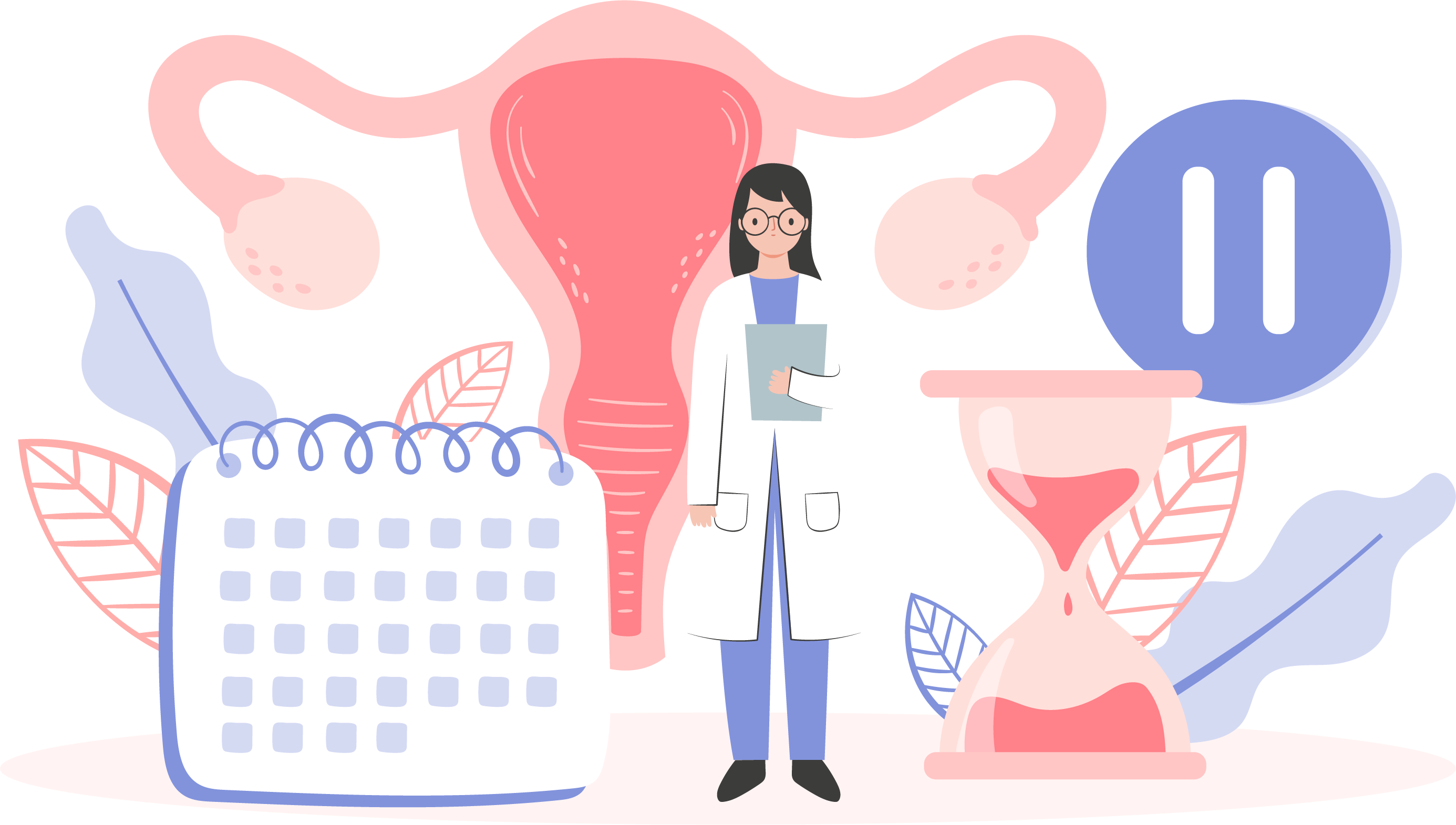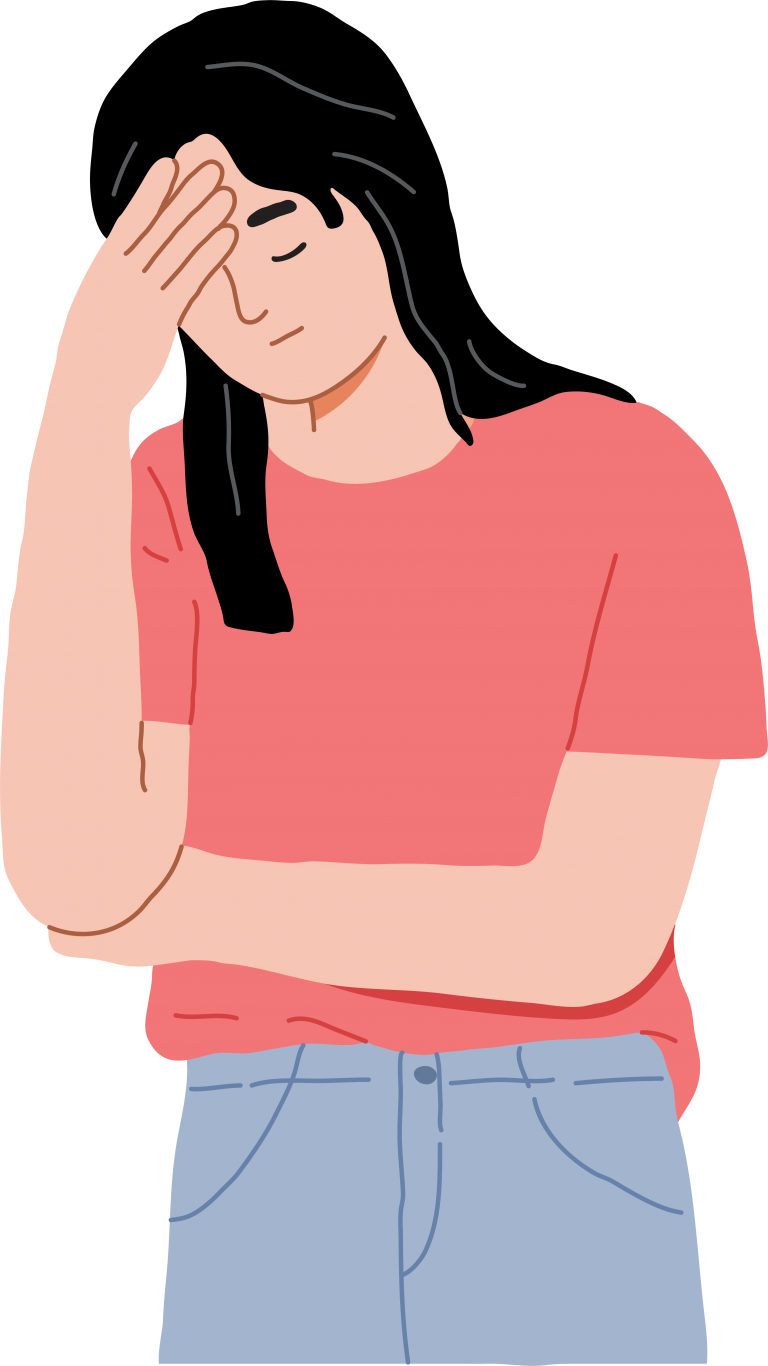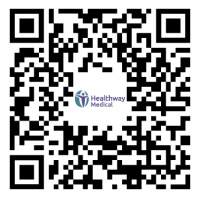PAINFUL MENSTRUAL PERIODS

PAINFUL
MENSTRUAL
PERIODS

- Cramping or throbbing pain in the lower abdomen that can be quite severe
- Continuous aching
- Pain extends to your back or thighs
- Pain starts 1 to 3 days before your period, peak is within 24 hours after the onset of your period and subsides 2 to 3 days after
- Loose stools
- Nausea
- Headache
- Dizziness
What causes menstrual pain?
Uterine Fibroids
Non-cancerous growth that develops in or around the uterus that can cause pain.
Endometriosis
A condition where the tissue (similar to the lining in the womb) starts to grow in other places.
Cervical Stenosis
A condition where the cervix opening is so small or narrow that slows down the menstrual flow and increases pressure within the uterus that causes pain.
Adenomyosis
The tissue that normally lines the uterus starts to grow in the muscular wall of the uterus.
Pelvic Inflammatory Disease
The infection of the female reproductive organs that are caused by sexually transmitted bacteria spreads from the vagina to the uterus, fallopian tubes, or ovaries.
What can I do when I have menstrual pain?
Heat Therapy
Put a heating pad or warm water bottle on your lower abdomen, or take a hot bath. This helps to relax the muscles of the uterus which increases blood flow and reduces pain.
Exercising
Physical activity can help ease menstrual pain, as the endorphins that are released from your body help restrain the cramp-producing chemicals that are part of the menstrual cycle.
Over-the-counter Pain Relievers
Non-steroidal anti-inflammatory drugs (NSAIDs) such as ibuprofen, naproxen, ketoprofen, etc. can help to relieve the pain as well.








